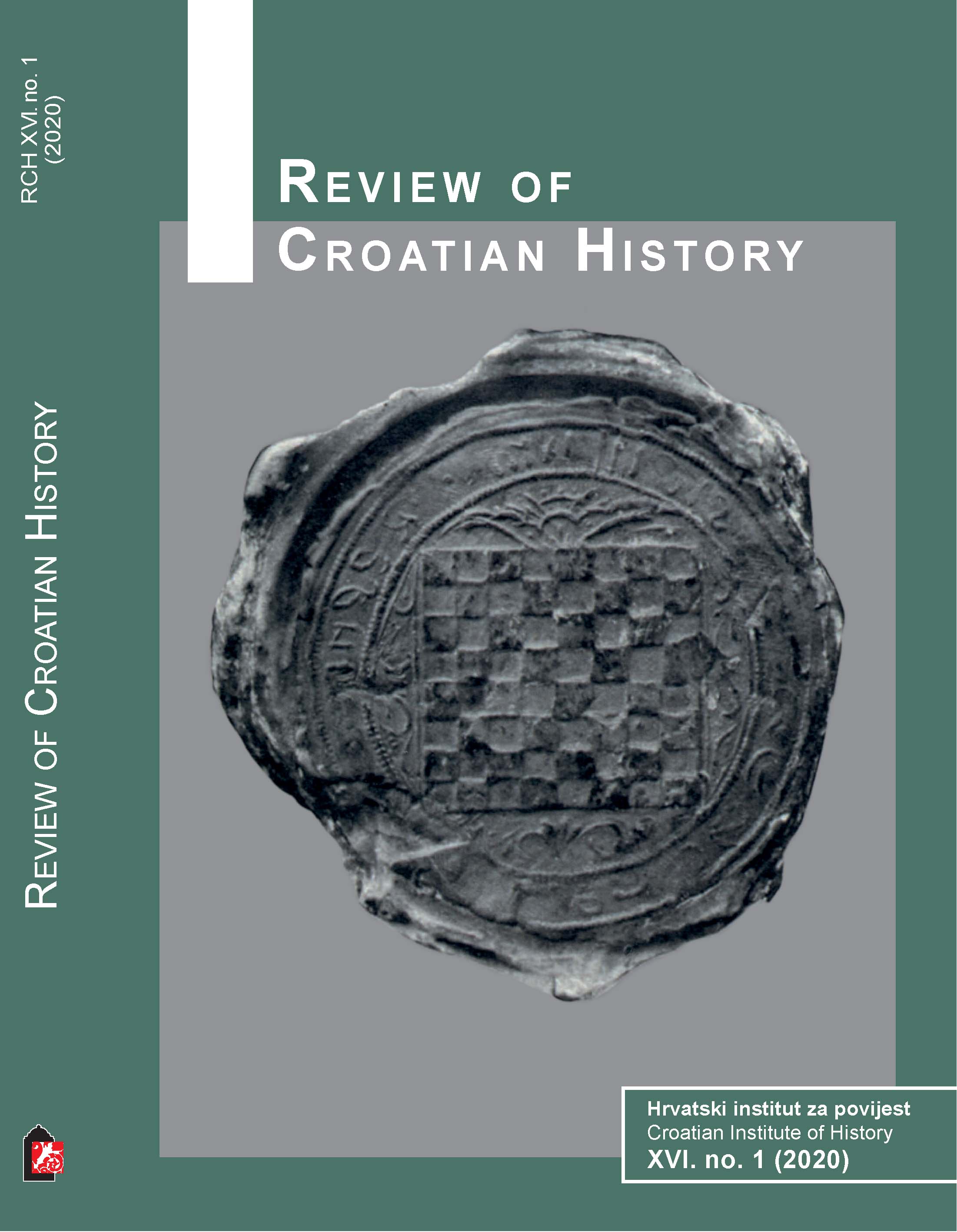Indicators of the Housing Stock in Zagreb from 1945 until the late 1960s
DOI:
https://doi.org/10.22586/review.v16i1.11292Keywords:
Zagreb, Yugoslavia, socialism, housing construction, urbanism, architectureAbstract
This paper uses Zagreb as a case study for assessing the development of a socialist city and the housing issues that this development implied. After World War II, Zagreb experienced steep demographic growth owing to a large influx of rural population, and to a lesser extent as a result of natality increase. In 1946, the city had about 270 thousand inhabitants, and in 1969 about 570 thousand. Due to the accelerated industrial development, it needed new workforce, but lacked housing, and its infrastructure was not sufficiently developed to meet the needs of all its residents. Housing construction was based on both social and private initiatives, whereby socially funded projects were multi-storey buildings and the privately funded ones single-storey houses. Due to these private constructions, that is, houses with one storey only, Zagreb resembled a village rather than a city. In assessing the housing construction of Zagreb and its urban development in general after World War II, we are inclined to agree with Davor Stipetić’s statement that Zagreb arose as an architectural enterprise that lacked planning in its development.
Downloads
Published
How to Cite
Issue
Section
License
Copyright (c) 2020 Review of Croatian History

This work is licensed under a Creative Commons Attribution-NonCommercial 4.0 International License.
The copyright holders are the Croatian Institute of History (as the publisher) and the authors.
The Review of Croatian History is an open-access journal. Its contents are freely accessible in their entirety. Users may read, download, copy, distribute, print, search, or put links to its material, and to change, reword, and process the material or use it in other legal ways, as long as they cite the original in the appropriate manner, in accordance with the Creative Commons licence CC BY-NC.
Works published in the Review of Croatian History may be deposited in institutional or thematic repositories, as long as the appropriate links to the web pages of the Journal and Hrčak (central portal of Croatian scientific journals) are made available.
The self-archiving policy is indexed in the Sherpa/RoMEO database, where it is visible that the journal allows the depositing of unreviewed (pre-print), reviewed (post-print), or publisher’s versions of the work.


